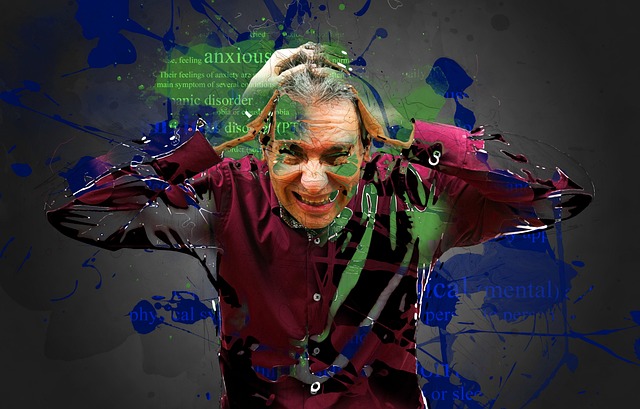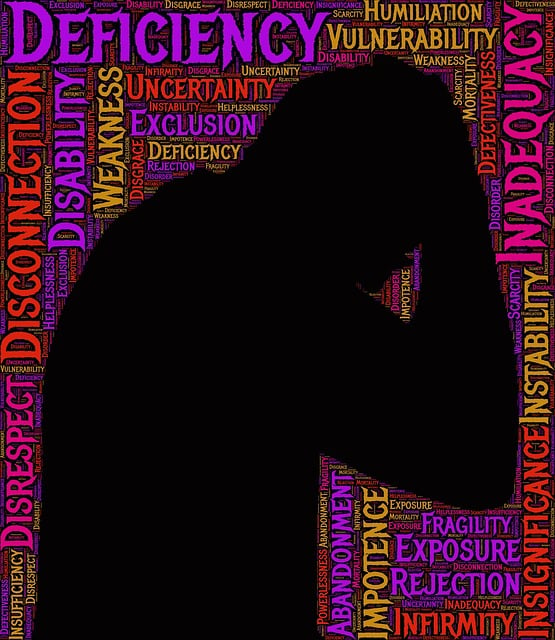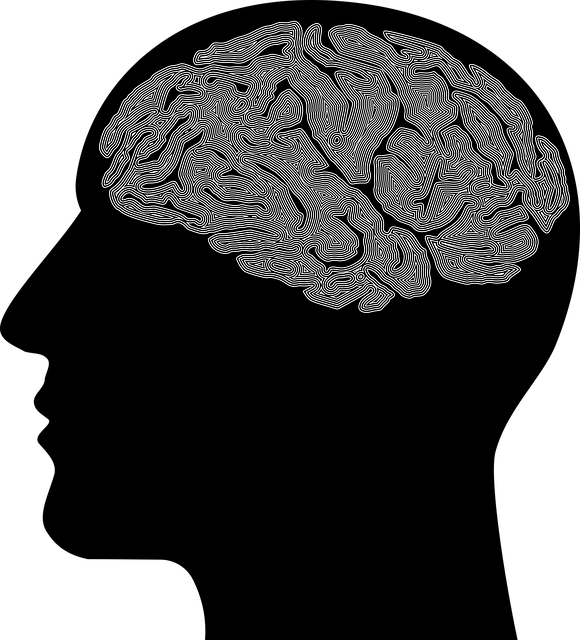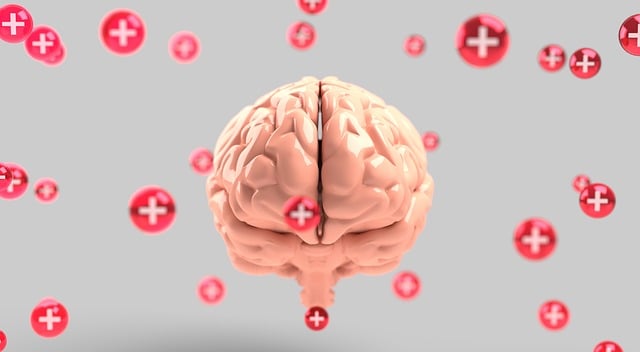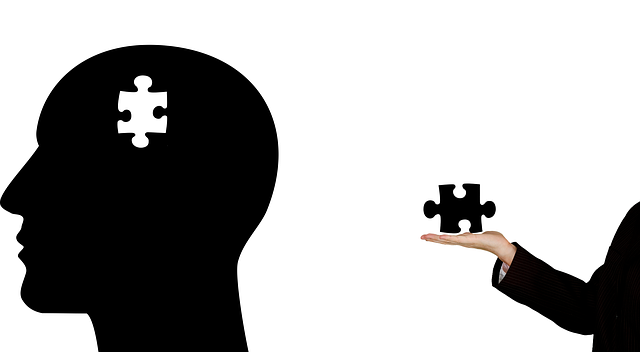Understanding mood regulation is crucial for parents, especially when children struggle with emotions due to trauma or mental health issues. EMDR (Eye Movement Desensitization and Reprocessing) therapy is an innovative approach that helps children process traumatic memories and intense emotions through specific eye movements, improving emotional coping skills and self-care routines. Creating a calm home environment, engaging in joyful activities, and professional support like EMDR or Stress Management Workshops are key to fostering emotional intelligence and navigating mood issues effectively. Play and creativity, as seen in EMDR therapy, provide safe outlets for processing feelings, promoting healthy coping mechanisms and contributing to improved mental health and better emotional regulation.
Mood regulation is a vital skill, especially for children navigating their emotions. This article explores effective strategies to support young minds, focusing on EMDR therapy as a powerful tool for emotional processing. We delve into practical techniques parents and caregivers can employ at home, emphasizing the role of play and creativity in calming children’s emotions. By understanding mood regulation’s impact, readers will gain insights into fostering resilience and well-being in kids, including those seeking EMDR therapy for emotional challenges.
- Understanding Mood Regulation and Its Impact on Children
- EMDR Therapy: A Powerful Tool for Emotional Processing
- Practical Strategies to Enhance Mood Regulation at Home
- The Role of Play and Creativity in Calming Children's Emotions
Understanding Mood Regulation and Its Impact on Children

Understanding mood regulation is crucial for parents and caregivers as it plays a pivotal role in a child’s overall development and well-being. Children, especially those who have experienced trauma or suffer from mental health issues, may struggle to manage their emotions effectively. This can manifest as frequent mood swings, intense emotional reactions, or even a persistent state of irritability or sadness.
Early intervention through therapy for children, such as Eye Movement Desensitisation and Reprocessing (EMDR), can be life-changing. EMDR is an innovative approach that assists children in coping with traumatic experiences by helping them process and resolve the distressing memories. By integrating this therapy with self-care routine development for better mental health and coping skills acquisition, children gain valuable tools to navigate their emotions. Trauma support services like EMDR empower kids to regain a sense of control, fostering resilience and improving their ability to regulate moods in both the present and future.
EMDR Therapy: A Powerful Tool for Emotional Processing

EMDR Therapy, short for Eye Movement Desensitization and Reprocessing, has emerged as a powerful tool in helping individuals, especially children, navigate and process intense emotions. This innovative therapy technique facilitates the resolution of traumatic memories or distressing life events by encouraging the brain to reprocess these experiences in a more adaptive way.
Through specific eye movements or other bilateral stimulation methods, EMDR allows clients to access and work through deeply ingrained emotional responses. By fostering compassion cultivation practices, this form of therapy aims to enhance mental health awareness and promote positive thinking. It’s an effective approach that empowers individuals, particularly those who have experienced trauma, to regain a sense of control over their emotions and lead more fulfilling lives.
Practical Strategies to Enhance Mood Regulation at Home

Creating a calm and supportive environment at home can significantly aid in mood regulation, especially for children. Simple yet powerful strategies such as establishing a consistent daily routine, incorporating relaxation techniques like deep breathing exercises or mindfulness practices, and ensuring adequate sleep can make a substantial difference. Engaging in age-appropriate activities that promote joy and play, along with open communication about emotions, helps foster emotional intelligence and resilience.
In cases where mood issues persist, seeking professional support is invaluable. Therapy for Children, including approaches like EMDR (Eye Movement Desensitization and Reprocessing), offers specialized help for managing trauma or complex emotions. Additionally, participating in Stress Management Workshops organized by mental health awareness advocates can equip individuals with valuable tools. Encouraging a self-care routine development for better mental health further strengthens an individual’s ability to navigate and regulate their moods effectively.
The Role of Play and Creativity in Calming Children's Emotions

Play and creativity offer powerful tools for therapists when working with children who are struggling to regulate their emotions. Through engaging in imaginative play, kids can process and express their feelings in a safe and controlled environment, which is particularly beneficial for those experiencing trauma or anxiety. This therapeutic approach, often seen in EMDR (Eye Movement Desensitization and Reprocessing) therapy for children, encourages emotional release and provides an outlet for coping.
Incorporating creativity into a child’s self-care routine development can significantly enhance their ability to manage emotions. Activities like art, music, or even storytelling allow children to externalize their internal experiences, fostering emotional well-being promotion techniques that help them calm down when faced with distressing situations. By nurturing these creative expressions, therapists can support the development of healthy coping mechanisms, ultimately contributing to better mental health and overall emotional regulation.
In conclusion, mood regulation strategies are invaluable tools for fostering emotional well-being in children. From understanding the fundamentals of mood control to employing evidence-based therapies like EMDR, parents and caregivers can significantly enhance a child’s ability to navigate and manage their emotions. Integrating practical strategies at home, coupled with creative outlets, provides a holistic approach to calming and stabilizing children’s emotions. By adopting these methods, we empower young individuals to develop resilience and thrive in a complex world, ensuring they have the tools to cope with life’s challenges.

